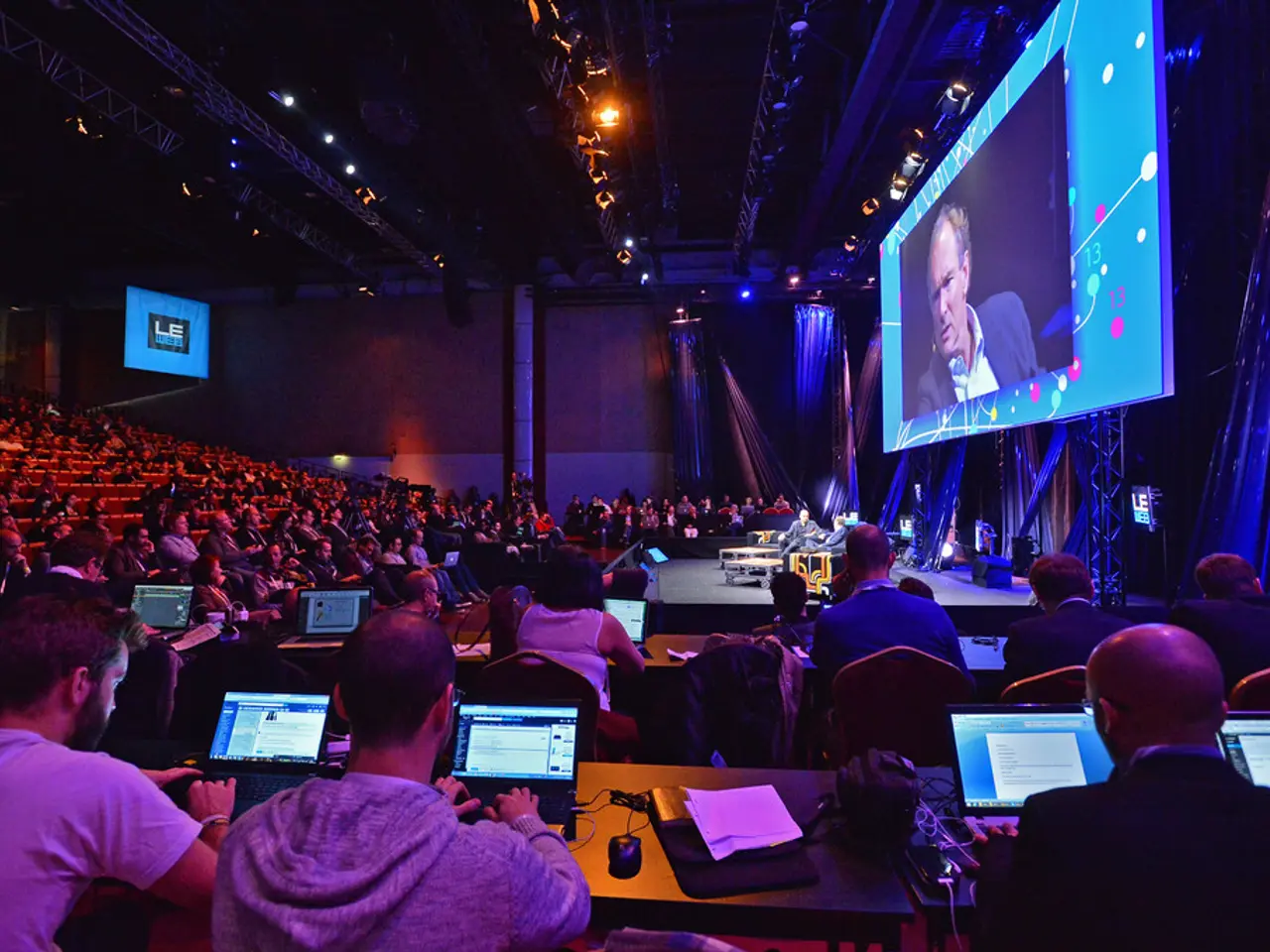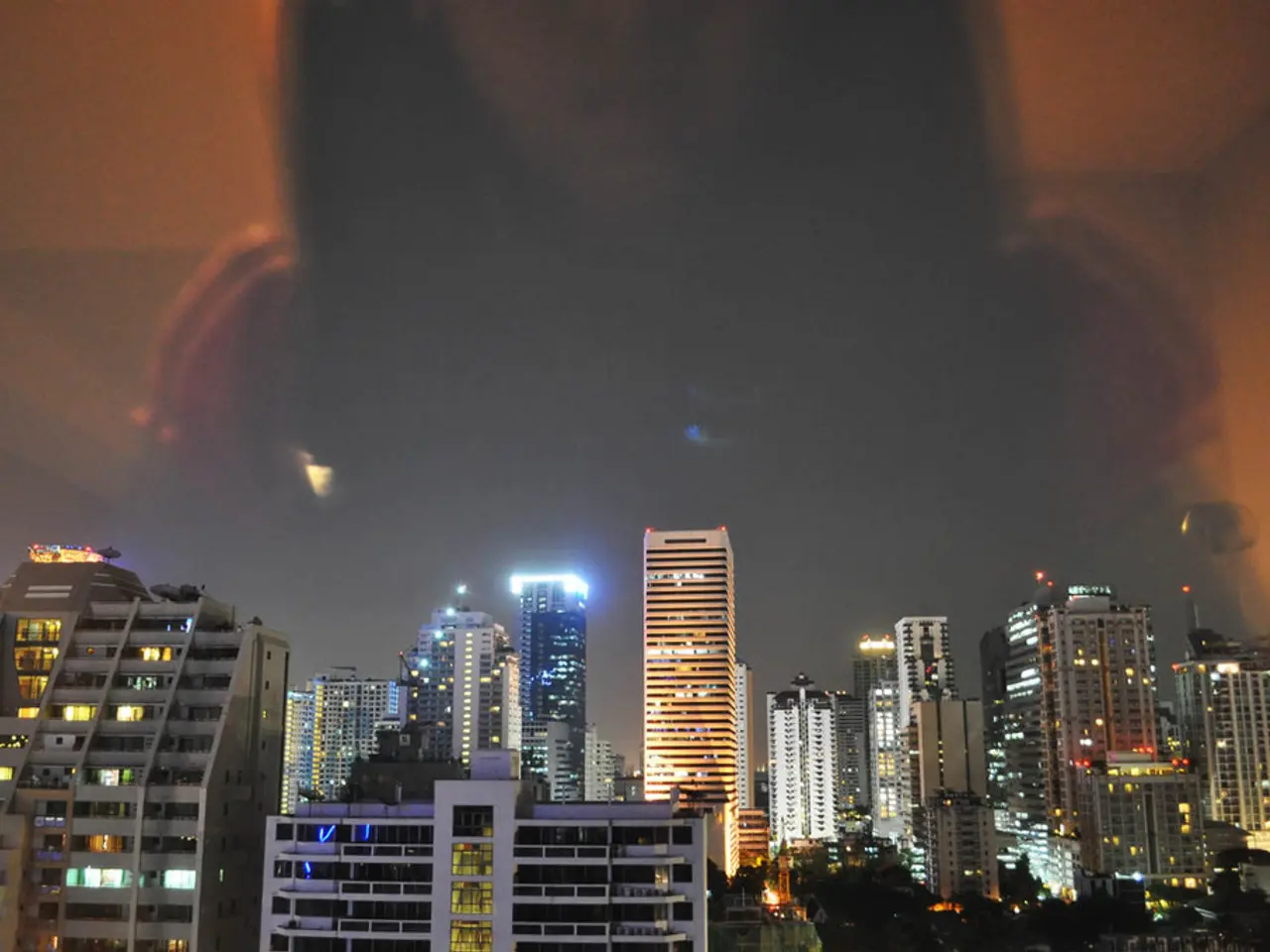Importance of Sunlight-Readable Displays in Military Missions
In the realm of military technology, the demand for sunlight-readable displays is paramount. These displays must be designed to withstand the harsh, variable environments that military operations often encounter while ensuring visibility, reliability, and resilience. Here are the essential factors to consider when designing such displays.
First and foremost, high brightness is crucial for visibility. Military displays must be significantly brighter than standard consumer screens to overcome intense ambient or direct sunlight. Typical high-brightness specifications range from 700 cd/m² up to several thousand cd/m² for demanding conditions. Efficiency should not be compromised, as prolonged use of maximum brightness can drain batteries and generate excess heat. Efficient LED backlighting and adaptive brightness controls are essential in achieving this balance.
Ruggedness and environmental resistance are equally important. Military displays must meet or exceed standards such as MIL-STD-810, which specifies resistance to shock, vibration, temperature extremes, humidity, and altitude. IP65 or IP68 ratings are common for dust and water resistance, ensuring reliable operation in dusty, wet, or submerged conditions.
Compliance with Night Vision Systems (NVIS) is another critical factor. Displays should avoid interfering with night vision goggles during low-light or nighttime operations. Compliance with MIL-STD-3009 ensures that backlight emissions (particularly in the green spectrum) do not disrupt NVGs or compromise operational safety. Use of NVIS-compliant LEDs and carefully controlled spectral output are key in preventing glare or bloom under night vision conditions.
Robust manufacturing and quality assurance are also vital. Military displays should be designed, tested, and manufactured according to industry and regulatory standards such as MIL-STD-810, DO-160, IEC 60068, AS9100/ISO 9001. In-house optical bonding and final assembly help ensure quality, performance, and consistency.
Customization and maintainability are essential for meeting the specific mission needs. This includes tailoring display size, resolution, interface, and touch capability. Comprehensive lifecycle management from design through sustainment, including maintenance and replacement parts, is also crucial.
EMI/EMC shielding is necessary to prevent electromagnetic interference and ensure reliable communication and operation in electromagnetically complex environments.
In summary, these considerations ensure that sunlight-readable displays meet the demanding needs of military applications, providing reliable performance under the most challenging conditions. Ambient light sensors adjust screen brightness to match environmental conditions, improving visibility and conserving battery life. Military displays are subject to rigorous standards such as MIL-STD-810 and MIL-STD-461. Cevians delivers products engineered to perform in the most demanding environments, with expertise in high-brightness, night vision applications, and sunlight readable display technology.
Advancements in materials, backlighting, optical components, and coating technologies are driving the development of displays that offer improved performance, lower cost, lighter weight, and better energy efficiency. Technologies such as adaptive brightness, micro-LED's, energy-saving backlights, and improved coatings are pushing the boundaries of what outdoor displays can achieve. A chemically strengthened display cover glass improves impact resistance and counteracts degradation due to direct sunlight exposure.
Marine and military LCD monitors often have Ingress Protection (IP) ratings, such as IP65, ensuring resistance against dust, water, corrosion, and vibration. Modern military equipment utilizes electronic displays for operational effectiveness. Daylight-readable displays require brightness levels from 400 to 700 nits. Companies must consider the total cost of ownership, factoring in repairability, upgrade cycles, and the evolving landscape of display technology and obsolescence.
The future of displays lies in products that are not only more powerful but also more sustainable. Displays must function reliably across varying altitudes and atmospheric pressures. Organizations investing in high-performance displays for military applications must assess industry-specific requirements, regulatory standards, and long-term cost of ownership.
- In the context of advancements in display technology, materials like adaptive brightness, micro-LEDs, energy-saving backlights, and improved coatings are being developed to increase performance, lower cost, reduce weight, and boost energy efficiency.
- Organizations focusing on military applications must consider industry-specific requirements, regulatory standards, and the long-term cost of ownership when investing in high-performance displays, keeping in mind factors such as sustainability and the need for displays to function reliably across varying altitudes and atmospheric pressures.




